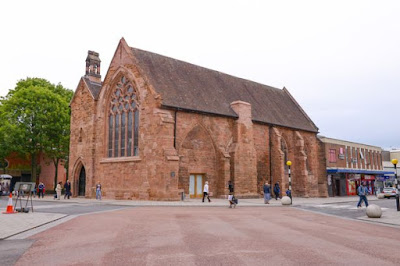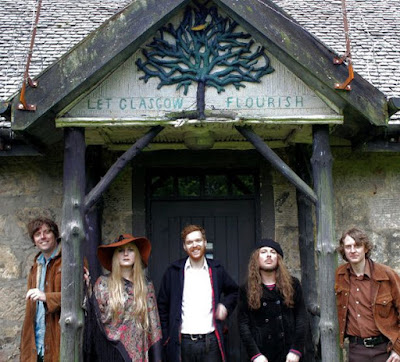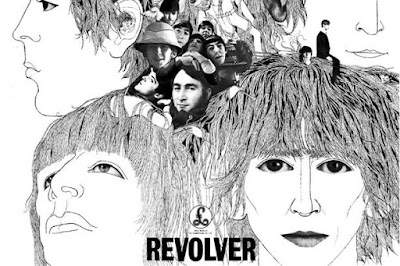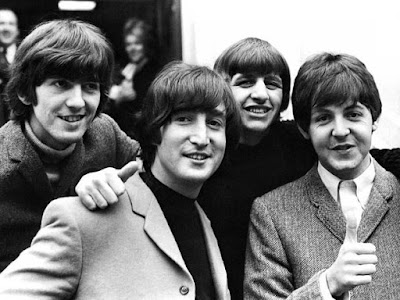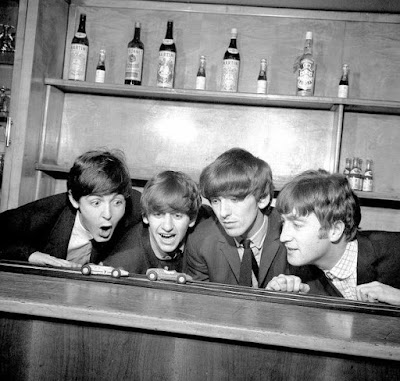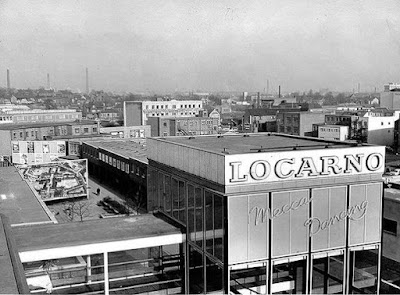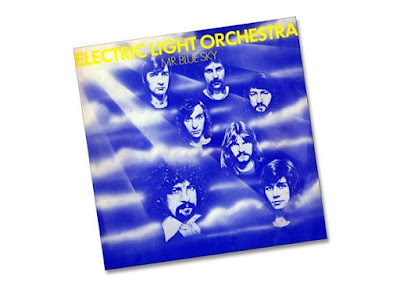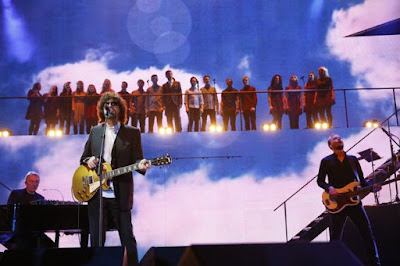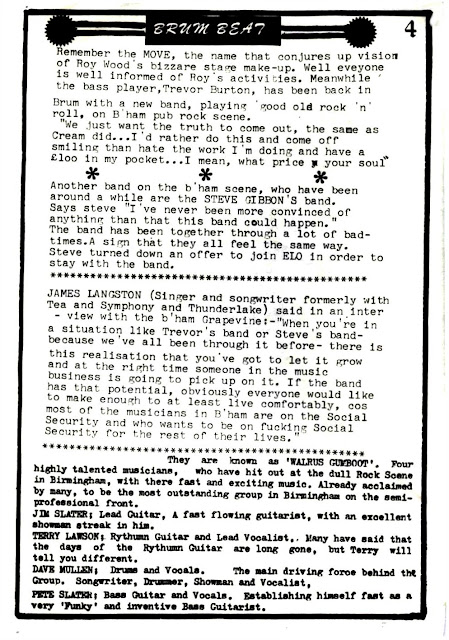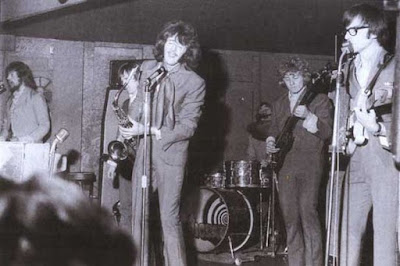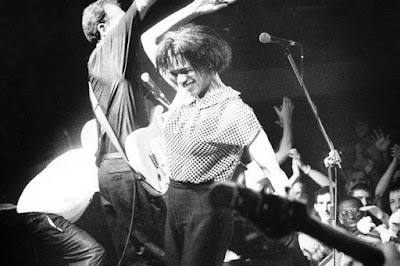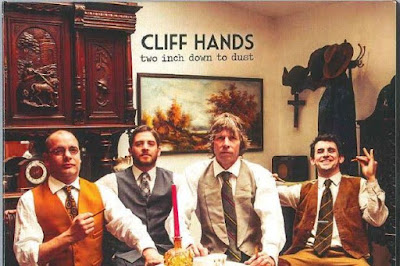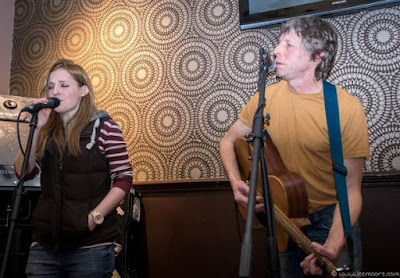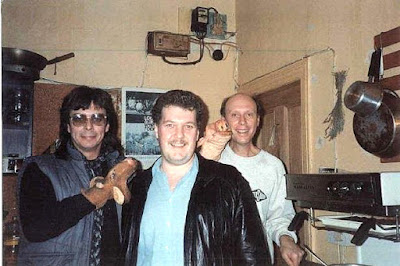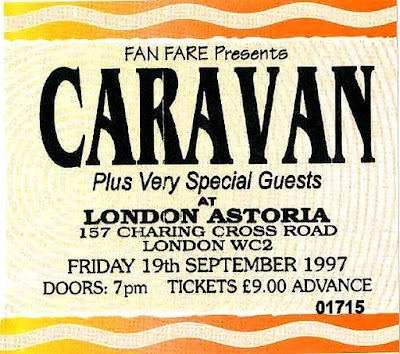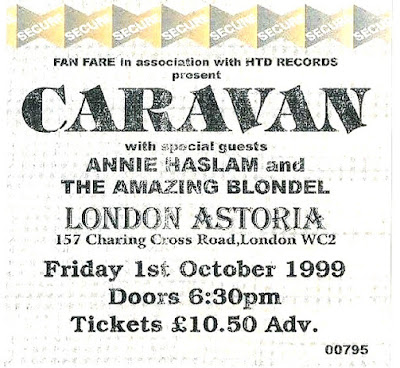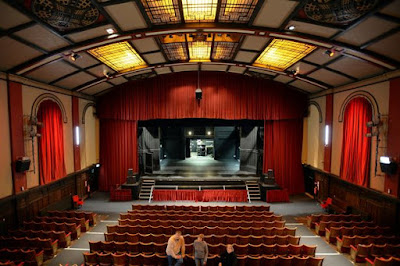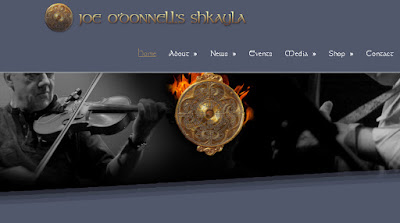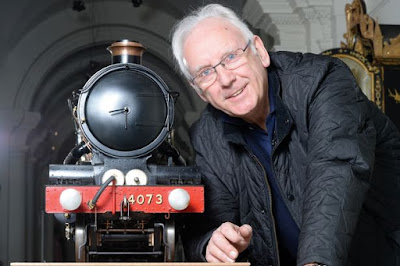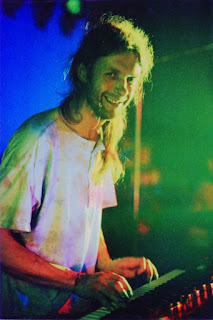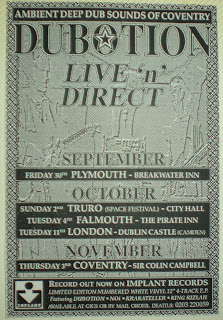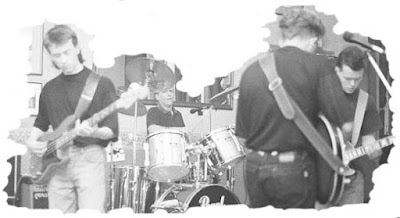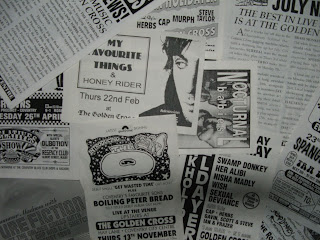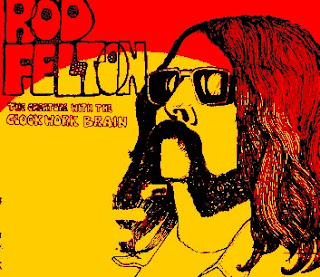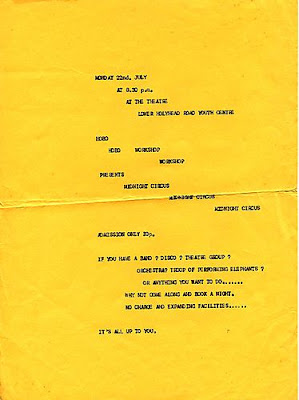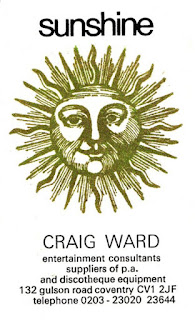And another article for the Coventry Telegraph by Pete Clemons –
Caludon Castle School’s music heritage stretches far and wide
By Pete Clemons, on the talents who have walked through the doors at the school.
(Blog editor’s note – I have embued the original articles with material and links from the Hobo sites in this version.)
Pete Waterman is auctioning some of his model trains worth more than £1 million pounds
Walking to Caludon Castle School you take a path off Axholme Road which is on the left if approaching from the Belgrave Road end – several other entrances to the school did exist though.
Follow this path down its slope and in front of you, you are met by a bridge created within a long multi-storey single structure building.
The head masters office and other facility rooms are on the left hand side of the building, the school assembly hall to the right. The ‘bridge’ which spans between the single structures is the library.
As you pass under a bridge the space seems to open out into a huge paved area that fans out and slopes down to five large multi storey buildings.
Each of these buildings was known as a block and was sub divided into class rooms, common room etc. Each block contained two ‘houses’. You spent three years in one ‘house’ then two years in another ‘house’.
Beyond the blocks, the tennis courts and the indoor swimming pool the River Sowe meanders through the school playing fields. It was traversed by several bridges which led to even more playing fields.
Well at least, those are my memories of the school I attended. However I left more than 40 years ago. I understand that, during the intervening period, it has been demolished and rebuilt into a more modern facility. Nowadays, as I understand it, it is a mixed academy. During my time there it had been an ‘all boys’ school.
As I remember, sport was a big thing within the school. You were encouraged to take part in a variety of sports. Rugby, football, hockey and other activities were on offer.
Corporal punishment such as detention and the cane was also on the curriculum if you stepped out of line.
When I attended Caludon much was made of the sports stars who had graduated from there. And rightly so. Both Bobby and Trevor Gould signed up for Coventry City Football Club. Bobby, in fact, would go on to be transferred to Arsenal for £90,000.
Back in 1968 this was a huge sum of money. Since I left Olympians like Rachel Smith, Marlon Devonish and the highly rated Coventry City football player James Maddison, have also passed through the ranks at Caludon Castle. Even author and Singers FC historian Lionel Bird attended the school.
But what about those who left Caludon Castle School and who were drawn towards the arts? In particular, within music. Here, I have attempted to gather together some of the names of those who attended the school and took that path.
So in no particular order:
Pete Waterman OBE . I am sure that the guy needs no introduction. However Pete has had an illustrious past that includes being a record collector, producer , songwriter , radio and club DJ and television presenter . He also managed The Specials for a brief period. While a member of the Stock Aitken Waterman songwriting team he wrote and produced many hit singles for the likes of Kylie Minogue and Rick Astley.
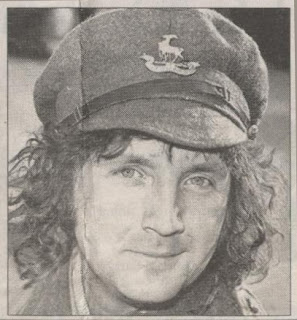
Paul King at the King exhibition at Coventry Music Museum
Paul King . Joined Coventry band The Reluctant Stereotypes. Went on to form Raw Screens and then in 1983 re-launched the group as the highly successful ‘King’. After the demise of King, Paul then moved into television, where he presented MTV.
Tony Wall. Tony took a similar musical path, in the early days, as classmate Paul King. Tony became bass player for The Reluctant Stereotypes / King and others.
Al Docker . Al’s first band was as far back as 1970 joining rock band Tsar as drummer. In 1971 he formed Love Zeus who played the Belgrade Theatre and other venues. Al also played in a short lived band called Zoastra alongside another notable Coventry musician Kevin Harrison. Al Docker was involved also with the Coventry Arts Umbrella Band nights, a songwriter and went on to play keyboards with a reggae band he formed in Cornwall – The IS. Check their music out on Reverbnation – Al was also a main songwriter with the band. https://www.reverbnation.com/theissite
Al Docker in the late 60’s as a young man.
Al Docker in the 1990’s playing keyboards with The IS (a reggae band he formed when he moved to Cornwall).
(Note additional to the article) – In 1972 Al Docker, who sadly passed away in the late 1990’s, wrote one of his lyrics – Castle Stones – in Trev Teasdel’s Communication Book (a communal book for writing and art work). In 2013, Trev sent the lyric to Al’s younger brother John Docker, who wrote his own music to it and recorded it with his band Lies – Here
https://soundcloud.com/coventrylies/castle-stones)
John Docker . John is the younger brother of Al Docker. Continues to serve with Coventry band
Lies (a link to their music on
Soundcloud ) where he plays bass guitar.
Lies were formed back in 1991 and classify themselves as an alternative rock band. An album by Lies titled
History can be found. John is also a stalwart in the Coventry music scene regularly updating people of events and other such information via various media sites. He has also been a sound engineer and a promoter predominantly during the 1990s. John was also in a band called
Dubotion and put on bands at the
Golden Cross in the 1990’s.
John Docker
Lies
John Docker’s Band nights at the Golden Cross.
Rod Felton. (The Link is to a page about Rod Felton, with some of his tracks and other material) Fondly remembered by anyone who knew him, Rod will always be associated for his work on the local folk circuit. Whether it is playing or hosting gigs. Rod was also a member of
The New Modern Idiot Grunt Band alongside
Rob Armstrong. At the turn of the century he teamed up with
Dave Bennett and performed under the name
Im ‘n’ Im.
Folk group Black Parrot Seaside
Geoff Veasey / Arnold Chave / Mick Harris / Graham Caldicot. All served with rock band Black Parrot Seaside during the 1970’s although by 1978 the band had drifted into folk music. BPS released a couple of albums and a single. One of their tunes ‘I am a Vacuum cleaner’ was even played on a John Peel late night show. Geoff Veasey currently runs Nuneaton Folk Club.
Nigel Ward. Took the folk music route and was a member of The Oddsods along with Pete Willow and others. Now a member of Sly Old Dogs who are essentially The Oddsods under a different name.
John Gravenor / Al Walder . John (vocals) and Al, later replaced by Jim Pryal (drums), met up with John Alderson and Ade Taylor lead guitar and bass respectively during the late 1960’s and formed the well-respected blues band Wandering John. Even today, when I read or hear a conversation about the Lady Godiva bar (the dive), the comment ‘who remembers that guy with the huge shock of red hair who used to frequent the place’ always seems to pop up. Listen to their 2010 reunion gig at the Sphinx in Coventry, over several youtube videos. Excellent footage – Part One here https://www.youtube.com/watch?v=KYHpcJg1vY0
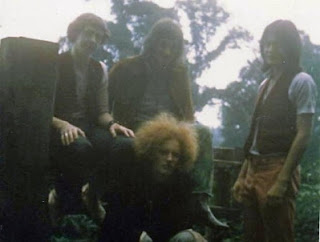
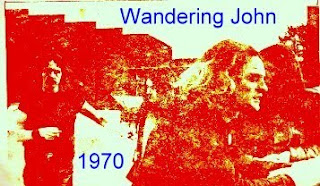 |
| From The Broadgate Gnome 1970 |
Roy Wall. Roy is the elder brother of King’s bass player
Tony Wall. He was a cool saxophonist and appeared in bands such as Team 23 who toured with
The Specials during 1980.
Team 23 had a single released on Race Records.
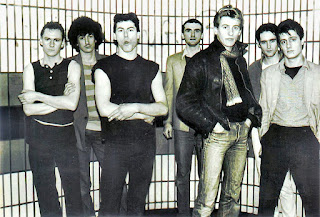 |
| Team 23 |
Peter Thompson. Drummer for
Homicide whose track,
Armageddon, is featured on
Sent From Coventry LP. Also, the Homicide track ‘
This is Then’ can be easily found on youtube.
Brendan Paul Thompson. Brother to Homicide drummer Peter, Brendan, in his spare time, is a very popular Elvis Presley tribute act appearing at many venues around the city.
Byron Curry. A lifelong Rockabilly fan and stand up drummer with the Eager Beavers who he was a member of for 20 years. Sadly Byron passed away during 2012 but is fondly remembered by all who knew and heard him.
Loz Netto. (Link to Loz’s full website). Loz was in bands with Al Docker. He also played guitar for Coventry bands such as Nack-ed-en, Tzar and Love Zeus that were all active during the 1970s. Towards the end of the 70s he became a founding member of Sniff ‘n’ the Tears who had a minor chart hit. Most recently The Loz Netto band has released the critically acclaimed ‘Bridge of Dreams’ album.
Phil Morley. Guitarist Phil joined Russian Gun Dogs alongside vocalist and guitar player Paul Watters and bass player Dean Bourne during in 2007. Drummer Sean McNulty completed an early line-up of this acclaimed band.
Neil O’Connor. Brother of
Hazel. Neil was a member of
Midnight Circus along with
Dave Freeman and
Joe Hughes. Midnight Circus played live at the after carnival gig at the Memorial Park and the
Hobo Workshop at the Lower Holyhead Road Youth Centre mid 1974. With the addition of
Pete King the band evolved into
The Flys who gained chart success with the album
Waikiki Beach Refugees during 1978. neil went on to play guitar with his sister’s band
Hazel O’Connor’s Megahype and has produced some fine solo tracks in recent years.
Hazel’s version of Neil O’Connor’s song for the Flys.
Neil plays Synth on this track.
And Neil’s version of Hazel’s song.
One of Neil’s more recent solo tracks
Midnight Circus at the Hobo Workshop, Lower Holyhead Youth Centre 1974.
Craig Ward – Craig began as a DJ in Coventry alongside some of the other Top DJ’s in Coventry,
Pete Waterman, Mark Brown, Tilly Rutherford etc. In 1974 he formed the
Sunshine Music Agency, based in Gulson Road, with other Coventry luminaries – songwriter
Bob Young, DJ
Graham Wood (Ex
Silk Disco),
Monty Bird of
Bird Studios, and
Stu Bell. They promoted local and regional bands like
A Band Called George, who made a single for the
Bell Label –
NCB Man and others (see the blog post). They supported bands and artists with bookings, venues, studios, songwriting and promotion.
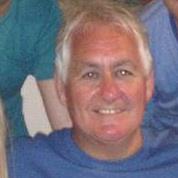 |
| Craig Ward as he is now
Of course there were other schools in Coventry who could boast similar ‘successes’ stories if not better – Provide me with the names and I will happily put an article together. |
The above is not an exhaustive list so apologies to those I missed. I am just using Caludon as a point in case as, I myself, am a ‘Cally’ old boy.
Pete Clemons
PART TWO
The above is not an exhaustive list so apologies to those I missed’ – This was written within the final line that I wrote on my previous article about Caludon Castle School.
And what a get out of jail card that statement proved to be.
I indeed missed quite a few other names that, since leaving Caludon Castle, have left their mark in both sport and the arts.
Some I must admit that I kicked myself for missing, some I just didn’t realise attended the school, but none were intentionally omitted.
The purpose of the original article was to promote those who had made a substantial contribution to the arts.
But as my introduction to the article mentioned sports people then I feel it only fair to include them in this mop up exercise.
So, again in no particular order – except that it begins with sport and works through to the arts………..
Bobby Parker: Was once described as the new Bobby Moore after he had captained the victorious England Youth team to victory in the Little World Cup during the very early 1970s.
Bobby played for Coventry City, Carlisle and Queen of the South.

Grant Ward and Chesterfield’s Ian Evatt
Ian Evatt: Ian currently plays for Chesterfield and I think it is fair to say that he is now in the autumn of his career.
But what an illustrious career he has had as he played for QPR, Blackpool and Derby.
For the latter two clubs Ian played at the highest level of English football, the Premier League.
Ian Muir: A Tranmere Rovers legend.
Ian was once described as the best forward never to have played in the top tier of English football.
Peter Hormantschuk: A Coventry City defender who, will long be remembered, for his 30 yard goal against Manchester United.
Knee problems curtailed what should have been a longer career in the game.
John Burkitt: Another ex-pupil who made the grade at Coventry City FC.
John and who played a total of 5 games.
He also turned out for Nuneaton Borough and Rugby Town.
Ian Darnell: Ian represented the Coventry Rugby team during their days at Coundon Road.
Ron Cook: He has become an actor of considerable note.
Ron starred as Parker in the film version of Thunderbirds.
Parker, of course, was the butler to Lady Penelope.
He has also appeared in Dr. Who, Sharpe and Mr Selfridge amongst other TV programmes.
Neil O’Connor: Brother of Hazel.
Neil was a member of Midnight Circus along with Dave Freeman and Joe Hughes.
Midnight Circus played live at the after carnival gig at the Memorial Park and the Lower Holyhead Road Youth Centre during the mid-1970s.
With the addition of Pete King the band evolved into The Fly’s who gained chart success with the album Waikiki Beach Refugees during 1978.
Neil Richardson: During the 1970s Neil played alongside Ray Harte, Iain MacDonald, Ted Duggan and John Duggan as bass player in the incredibly busy Coventry band Drops of Brandy.
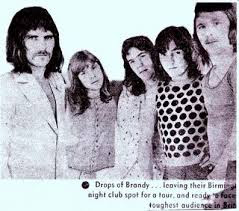
Along with other work they picked up, Drops of Brandy had residencies at Bloomers Club in Birmingham and Tiffany’s in Liverpool.
Before all this though Neil had played bass for another Coventry band Nak-ed-en along with guitarist Loz Netto and drummer John Bradbury.
Craig Ward: Began as a DJ alongside the likes of Pete Waterman, Graham ‘Tilly’ Rutherford and Mark Brown.
During 1974 Craig, along with Graham Wood, became co-director of the Sunshine music Agency based in Gulson Road.
Sunshine Agency specialised in management, publicity and promotions. Bands they managed and promoted included Smack; Walrus Gumboot; A Band Called George and many more.
John Walker / Tez Tehergee / Dave Blundy: When you have had a forty year plus musical career as a mainly ‘local’ band, who perform for the love of performing, and who have changed style from rock to folk then I guess change is inevitable.
And change Black Parrot Seaside certainly did during their four decades.
The band amassed a considerable amount of ex-members.
And it turns out that the four names mentioned in the previous article were not the only band members who passed through Caludon Castle.
Dave and Tez were involved with the first ever rehearsal of the band in 1975.
All three names mentioned here were guitarists with John Walker being involved with the band slightly later on during their evolvement.
While on the subject of BPS, former member Arnold Chave – who I mentioned previously – is now involved in a duo that goes under the name of Blues Division.
Brian Price: Brian is a member of the four piece acoustic group Driftwood who are based in Southampton.
He has a new album due in March 2016 titled ‘Like A River’.

Lieutenant Pigeon
Rob Woodward: A founding member of Lieutenant Pigeon who will undoubtedly be remembered for their chart topping single Mouldy Old Douhh released in 1972.
But there has been so much more to this accomplished piano player’s career in music.
Rob began life as a solo singer under the moniker of Shel Naylor and in 1964 recorded a single for Decca Records titled ‘One Fine Day’ which had been written by Dave Davies of The Kinks.
Steve Johnson: Bass player Steve replaced Pete Fisher in Stavely Makepeace who would also release records under the instrumental side project name of Lieutenant Pigeon.
Steve, with the blessing of the rest of the band, continued to tour under the Lieutenant Pigeon name long after that initial success.
Nigel Fletcher: Nigel is actually the third member of Lieutenant Pigeon to have attended Caludon Castle.
In fact the only member of the band not to attend the school was Rob Woodward’s Mother, Hilda, who also happened to be an accomplished piano player.
Nigel was the drummer, and with Rob Woodward, had also been a member of Stavely Makepeace whose career encircled that of Lieutenant Pigeon.
So once again I will sign off with – The above is not an exhaustive list and apologies to anyone else I happened to have missed.

